Infrastructure as Code Advisor - IaC Automation Tool
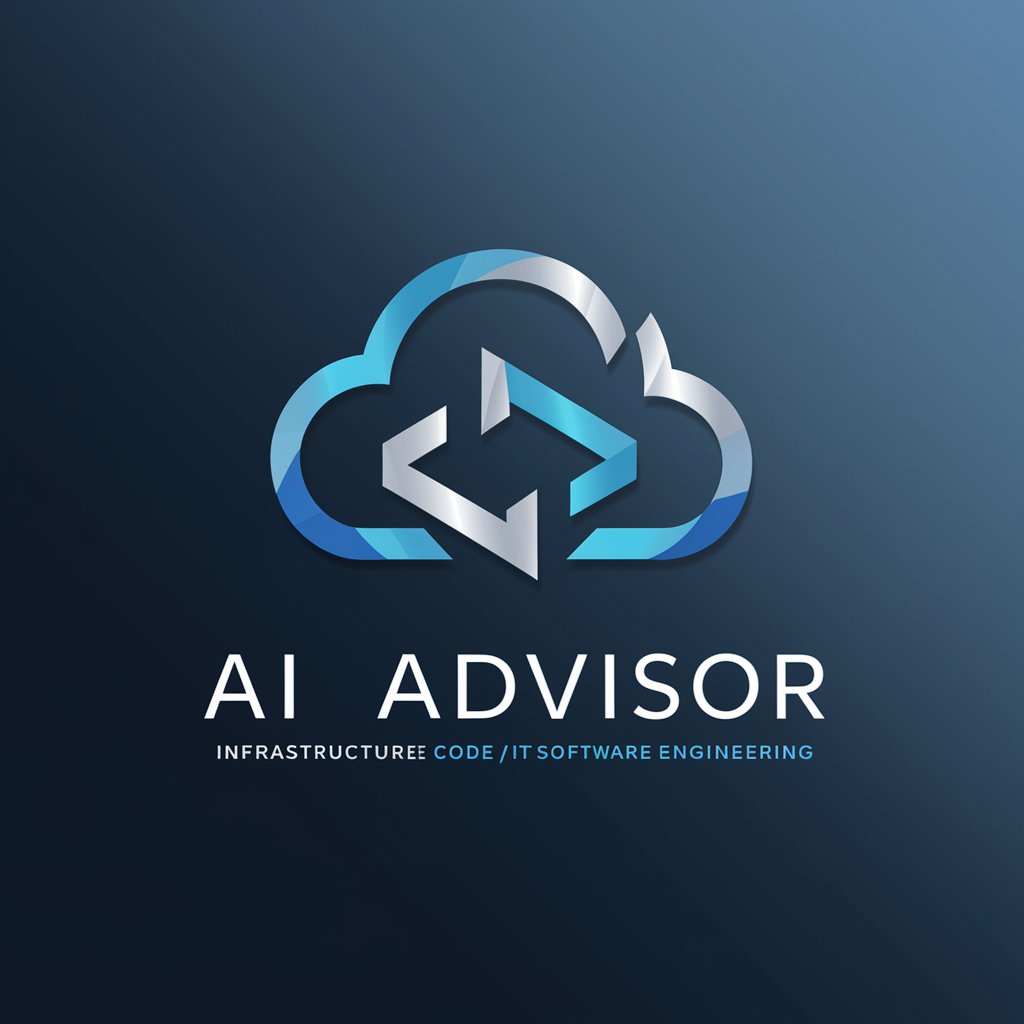
Hello, I'm here to help you optimize your Infrastructure as Code practices.
Automate infrastructure with AI-driven insights
Generate a comprehensive guide on best practices for using Terraform in multi-cloud environments.
Explain how to set up a CI/CD pipeline using Jenkins and Kubernetes.
Describe the security best practices for managing infrastructure as code in AWS.
Create a step-by-step tutorial for deploying applications with Docker and Ansible.
Get Embed Code
Introduction to Infrastructure as Code Advisor
The Infrastructure as Code (IaC) Advisor plays a pivotal role in modern IT and software engineering landscapes by designing, implementing, and maintaining infrastructure through code. This approach automates the provisioning of resources, ensuring that environments are repeatable, scalable, and secure. IaC Advisors leverage tools such as Terraform, Ansible, and Puppet to codify infrastructure, which traditionally required manual setup. An example scenario illustrating the purpose of an IaC Advisor could involve a company transitioning from traditional IT management to a cloud-based infrastructure. The advisor would evaluate the company's current setup, design a code-based infrastructure that automates resource provisioning, and ensure that the new system aligns with best practices for efficiency and security. Powered by ChatGPT-4o。

Main Functions of Infrastructure as Code Advisor
Design and Implement IaC Solutions
Example
Using Terraform to create a multi-cloud environment
Scenario
An organization wants to avoid vendor lock-in and needs to deploy infrastructure across AWS and Azure. The IaC Advisor designs a Terraform-based solution that manages resources in both clouds, enabling consistent deployment and management.
Advise on IaC Best Practices
Example
Integrating security into IaC workflows
Scenario
A company needs to ensure that its cloud deployments comply with industry security standards. The advisor suggests incorporating automated security scanning tools into the CI/CD pipeline to detect and remediate vulnerabilities in the infrastructure code.
Optimize Resource Provisioning
Example
Automating Kubernetes cluster setup with Ansible
Scenario
To streamline the deployment of containerized applications, the advisor develops Ansible playbooks that automate the provisioning and configuration of Kubernetes clusters, reducing manual effort and potential errors.
Ideal Users of Infrastructure as Code Advisor Services
DevOps Teams
DevOps teams seeking to enhance automation, improve deployment speed, and ensure consistency across development, testing, and production environments would greatly benefit from IaC Advisor services. By adopting IaC, these teams can achieve more efficient collaboration and faster time to market.
Cloud Architects
Cloud architects responsible for designing scalable, secure, and efficient cloud infrastructures can leverage IaC Advisor expertise to ensure their architectures are implemented effectively. This includes adopting best practices for multi-cloud strategies and ensuring compliance with regulatory standards.
IT Managers
IT managers looking to streamline infrastructure management and reduce operational costs will find IaC Advisor services invaluable. Implementing IaC can significantly decrease manual provisioning errors and improve overall IT agility, enabling their teams to focus on strategic initiatives.

Using the Infrastructure as Code Advisor
1
Initiate your journey by visiting a platform offering a comprehensive trial of Infrastructure as Code tools without the necessity for signing in or subscribing to premium services.
2
Identify the specific Infrastructure as Code (IaC) needs of your project or organization, such as cloud resource management, configuration management, or continuous deployment.
3
Select the appropriate IaC tool(s) based on your infrastructure requirements. Tools like Terraform for cloud provisioning, Ansible for configuration management, or a combination for a holistic approach.
4
Experiment with sample templates or scripts to familiarize yourself with the syntax and capabilities of the selected tool(s). Utilize community forums or documentation for learning and troubleshooting.
5
Apply best practices for IaC, such as version control, modular design, and regular testing, to ensure efficient, secure, and maintainable infrastructure automation.
Try other advanced and practical GPTs
Organization & Team Effectiveness Advisor
Empowering Teams with AI-driven Insights
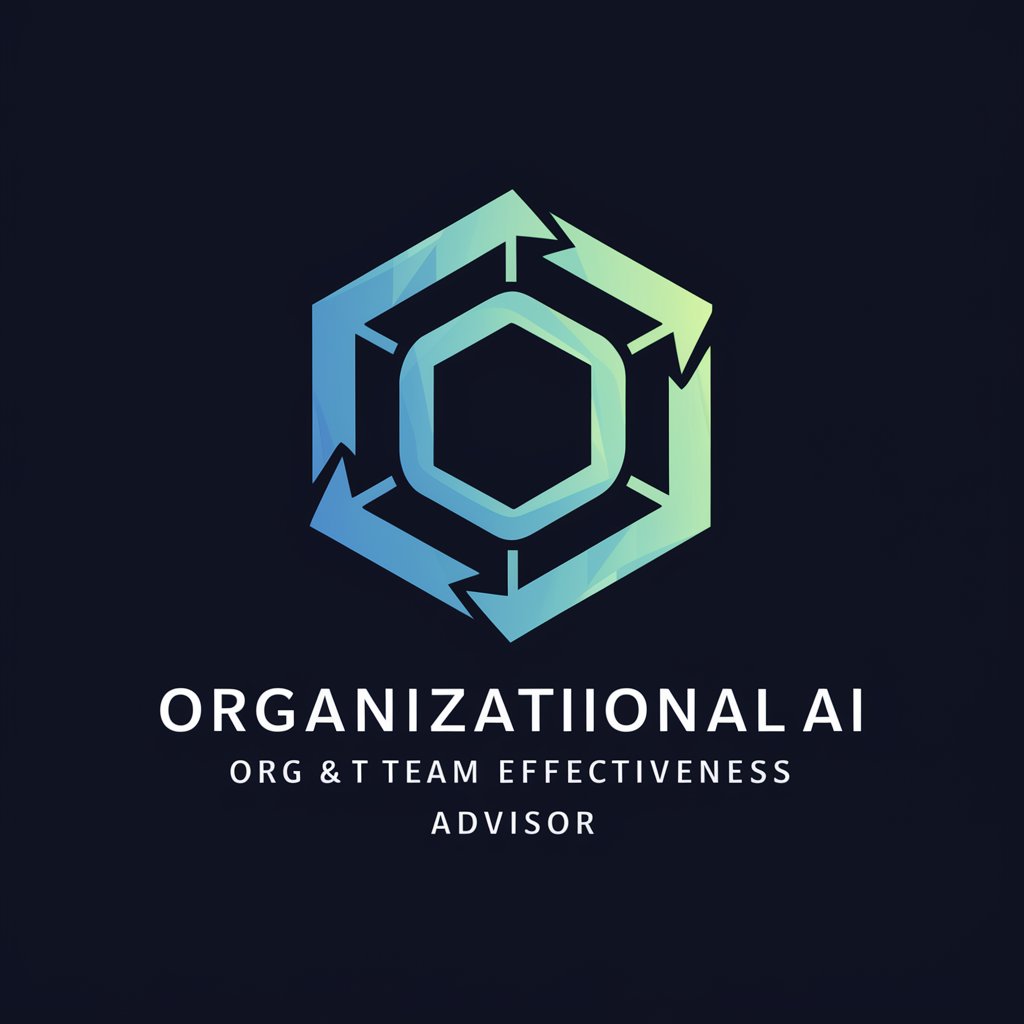
Environmental Law Advisor
Navigate Environmental Law with AI Expertise
Securities Law Advisor
Navigating Securities Law with AI

Product Strategy Advisor
Empowering Product Strategy with AI
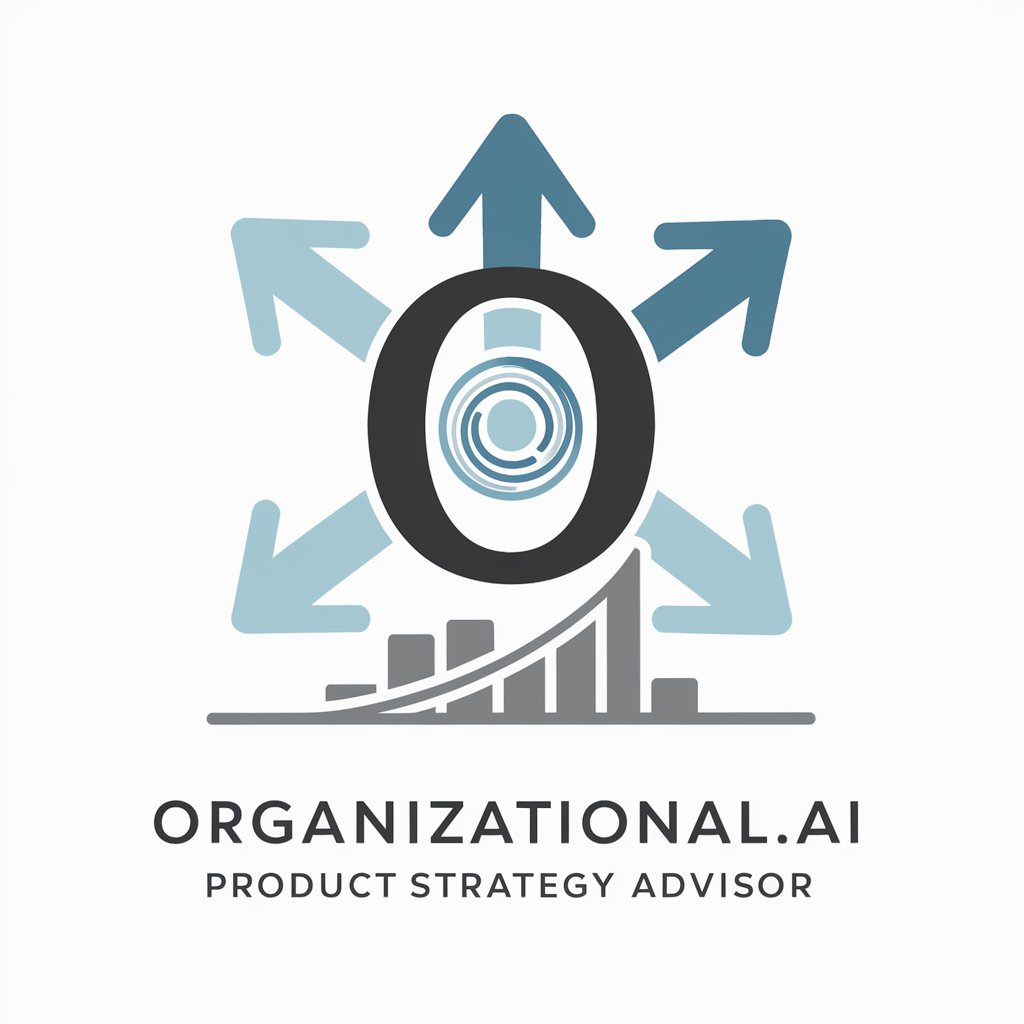
Material Science Development Advisor
Empowering Material Innovation with AI
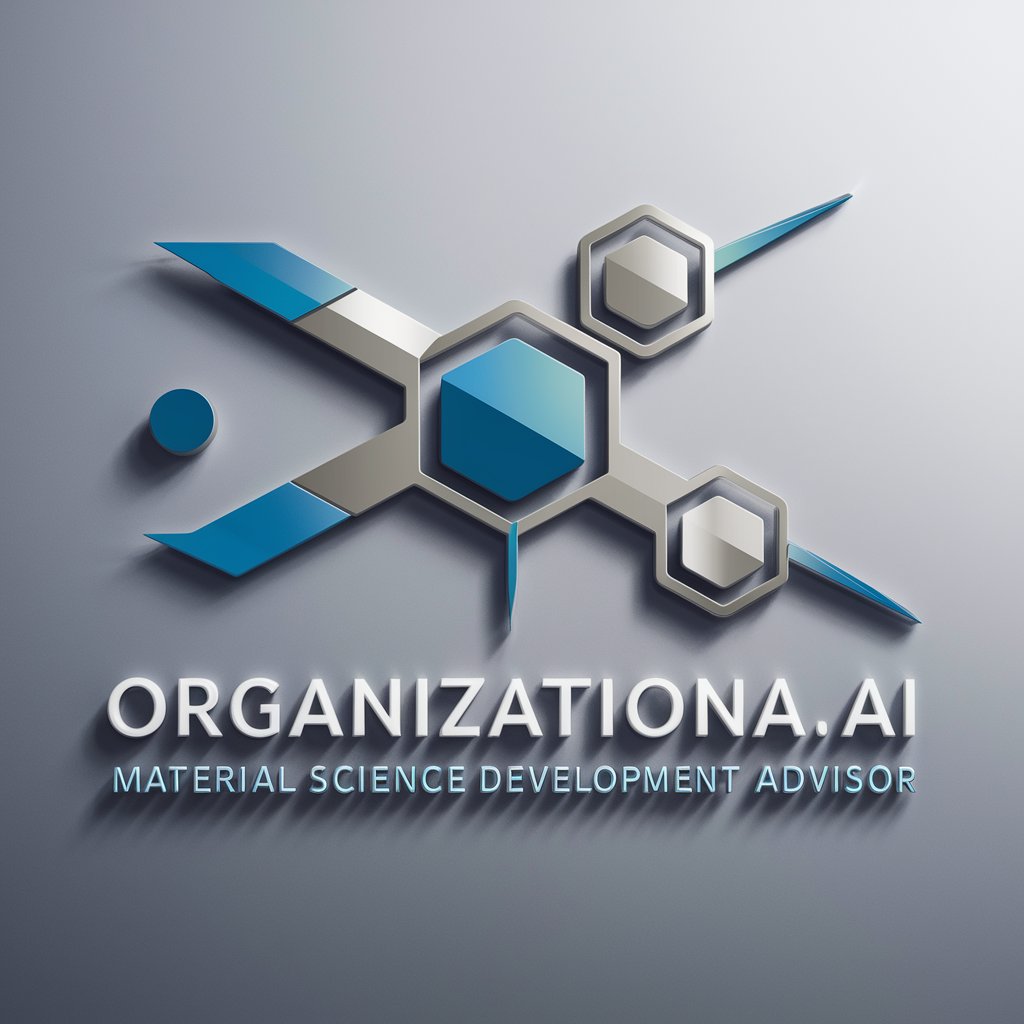
Front-end Development Advisor
Empowering Web Interfaces with AI
Online Advertising Advisor
Elevate Your Ads with AI
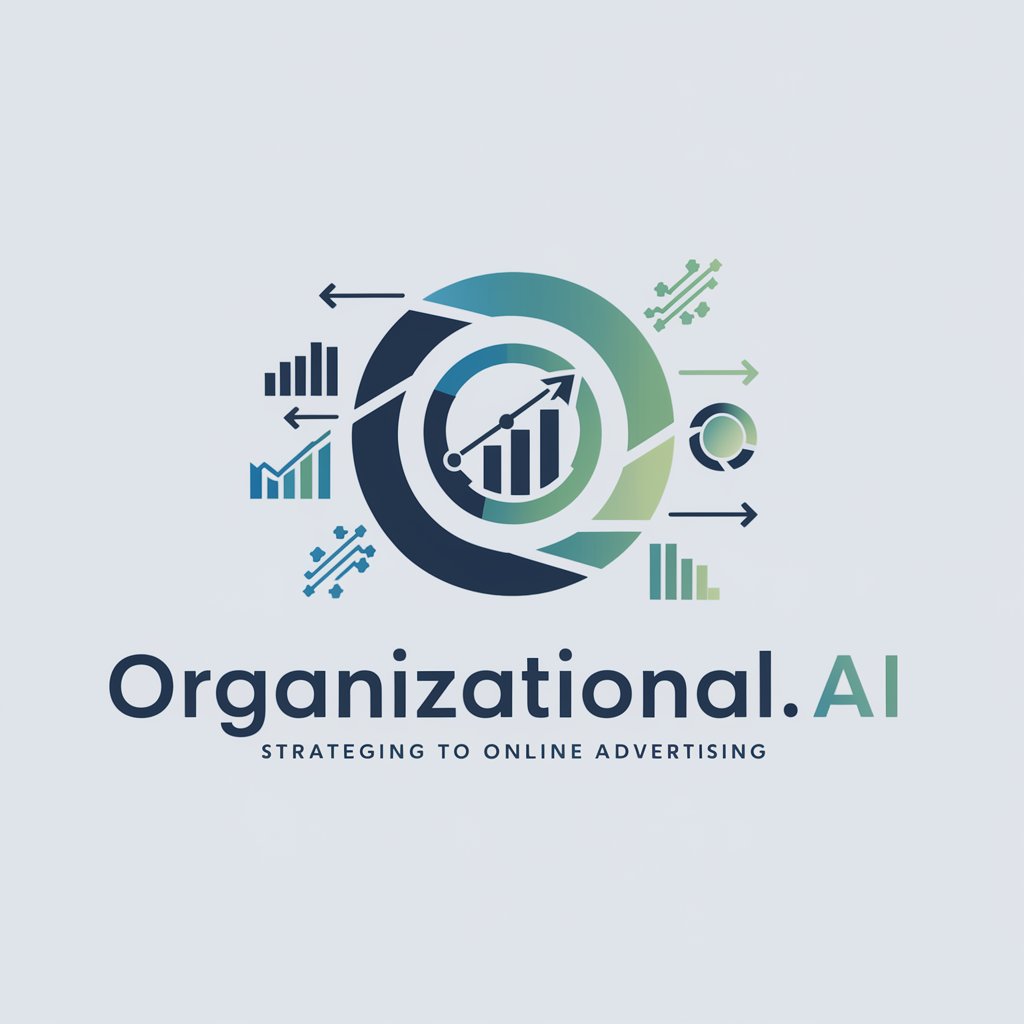
Tax Law Advisor
Expert Tax Law Advice, Powered by AI
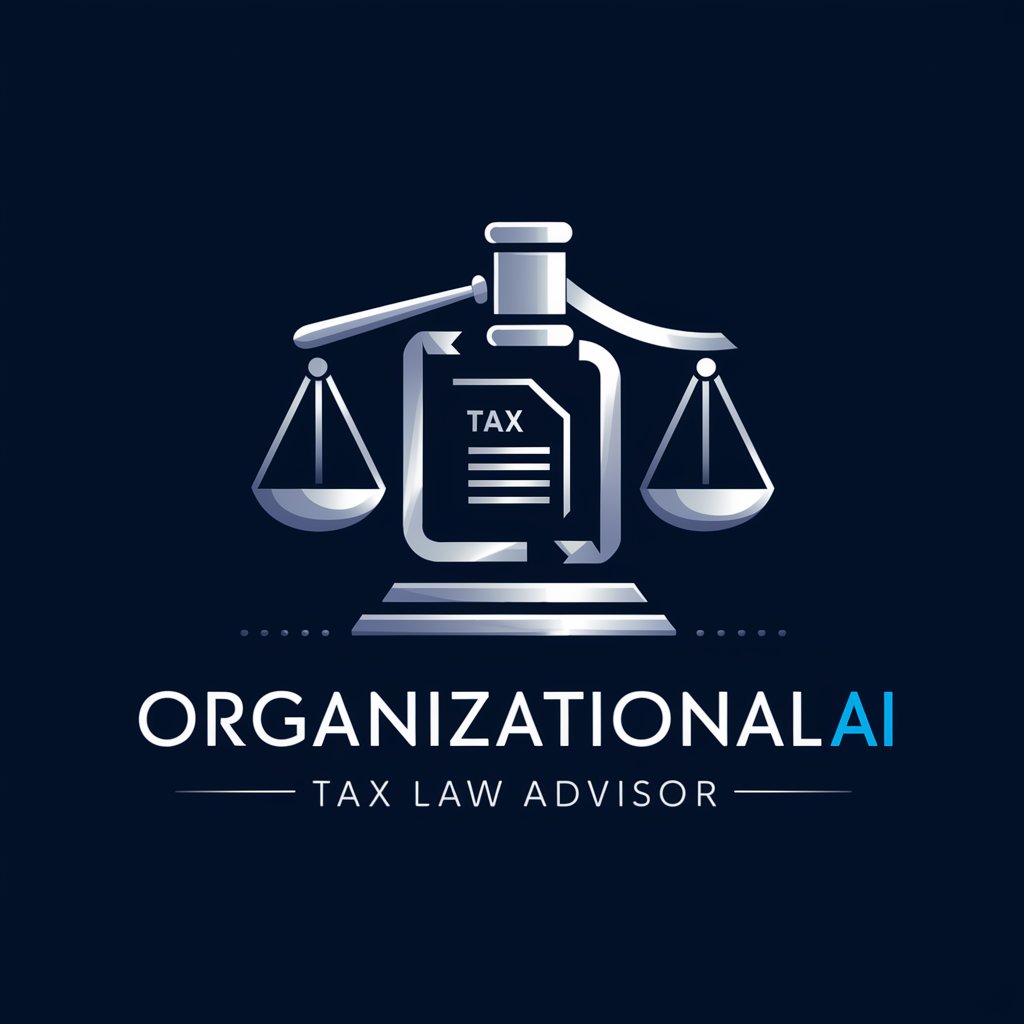
Onboarding Programs Advisor
AI-Powered Onboarding Simplified
Project Scope Management Advisor
AI-Driven Scope Precision

Content Creation Advisor
Elevate Your Content with AI

Internal Control Systems Advisor
Streamline Compliance with AI

FAQs about Infrastructure as Code Advisor
What is Infrastructure as Code Advisor?
Infrastructure as Code Advisor is a tool designed to assist organizations in automating the provisioning and management of their infrastructure through code, ensuring consistency, and speeding up deployment processes.
How can Infrastructure as Code Advisor benefit my organization?
It streamlines infrastructure management, reduces manual errors, ensures consistency across environments, and significantly cuts down deployment time, enabling a more agile and efficient operation.
What skills are required to use Infrastructure as Code Advisor effectively?
Users should have a basic understanding of cloud environments, familiarity with scripting languages (e.g., Python, Bash), and knowledge of the specific IaC tools like Terraform or Ansible that they plan to use.
Can Infrastructure as Code Advisor integrate with existing CI/CD pipelines?
Yes, it is designed to seamlessly integrate with CI/CD pipelines, allowing for the automation of deployment processes and ensuring that infrastructure changes are efficiently rolled out as part of the software delivery process.
What are the best practices for using Infrastructure as Code Advisor?
Best practices include using version control for your IaC configurations, adhering to the principle of least privilege for access management, regularly reviewing and updating your IaC scripts, and incorporating security assessments into your IaC lifecycle.
